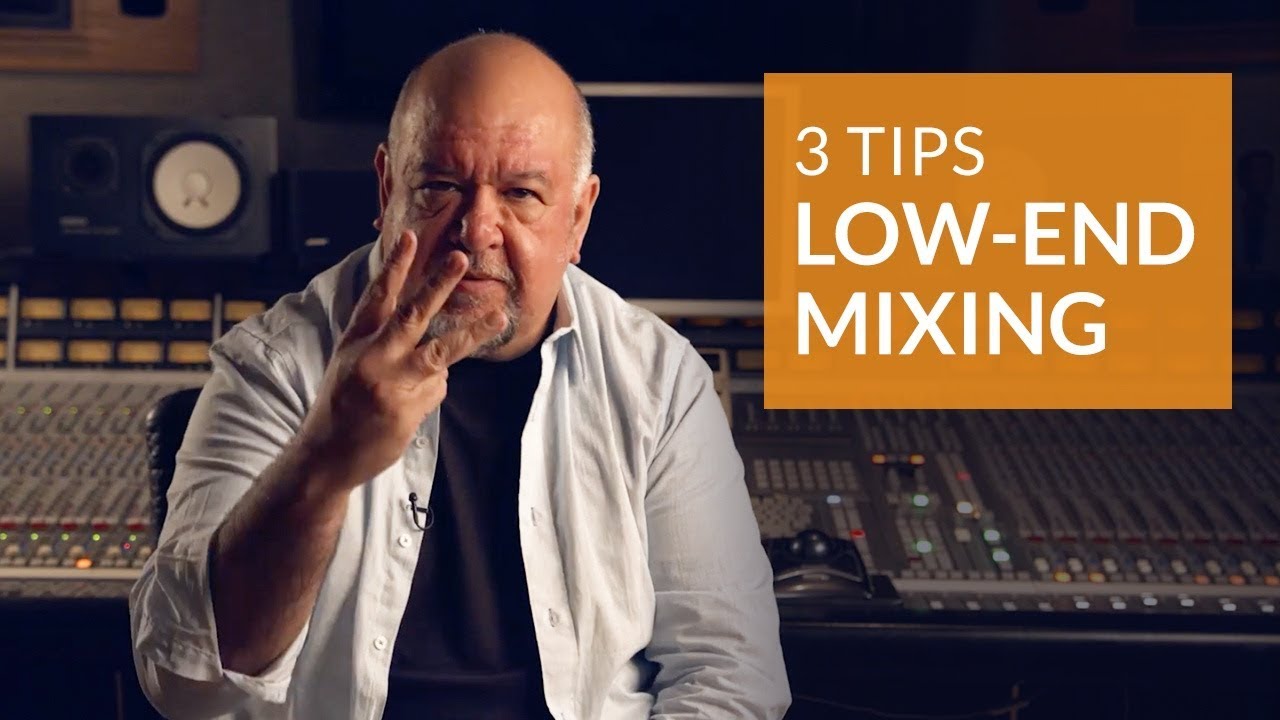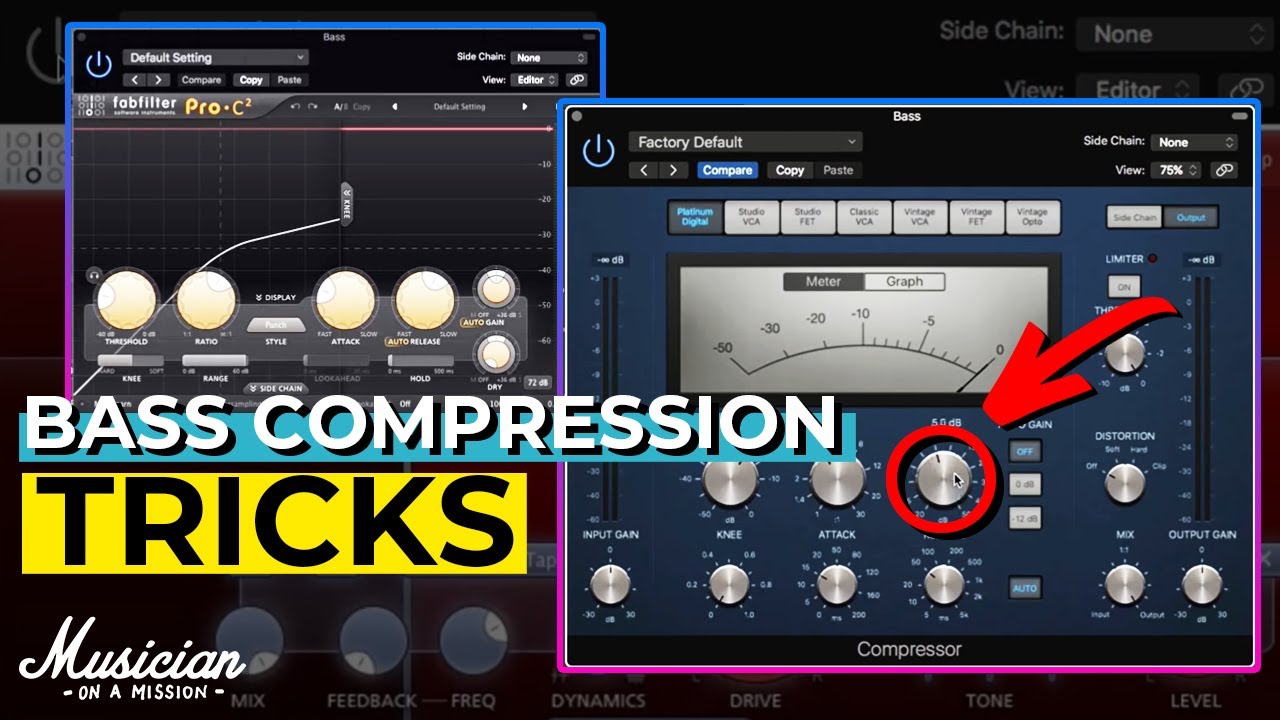Hey guys, let me know your insights on how to create the perfect baseline! Currently I am trying to get into trap a bit more but dont hesitate posting your tips for other genres like dnb/jungle or dubstep
i wasnt talking about melody, more like how you apply your saturation and what methods you use to synthesize the bassline
Since there hasn’t been any response yet;
Make sure to split your sound into frequency ranges, i.e. sub, low bass, mid bass, top bass. The frequencies depend on the root note of the composition.
Keep the sub as a clean sine wave (mono,no panning, no compression), no effects except for maybe some soft EQ to balance out the frequencies and cut anything beneath your root note freq. Low bass gives some body, I’d keep this pretty clean and centered (!) too. Mid bass is where I usually have my processing, usually a combination of EQ, Saturation, Stereo processing, compression and sometimes distortion. Finally, the top portion is used for wideness and fattening up of the bass line.
For trap especially, focus on getting a fat 808 sound and split the frequencies, saturate the top parts while keeping the low frequencies clean.
Bass is a funny instrument because for music producers, bass is like, “our deepest fear.” Bad bass kills more great songs than cigarettes, alcohol, and Rolling Stone Magazine combined!!
When I first stated down the road of music production I was very gentle and careful with my bass. I treated bass like it was, “a stained glass window,” don’t get dust on it, and if you do, please use the gentle Windex, and not the industry version.
16 years after starting down this path of music production, I’ve kind of become ruthless with my bass. For my top layer bass I usually use two or three oscillators. The bass in my latest track, for example, is actually a 3 osc thing I whipped up in Reaktor Blocks.
Then I drop PSP mixBass on it, turn the color so far up, that I have to run an eq and brickwall limiter as my next two plugins in the chain.
My sub bass is usually a plain sine… but I’ve become accustomed to drop PSP mixBass on it. and frankly, “it is the wrong thing to do.” But for this, I go with far more gentle settings.
I think its also important to note, than in Renoise, a lot of what I do gets rendered to a sample. Especially if I am sequencing something in Reaktor, I find it much easier to make it a sample, than to keep dealing with Reaktor…
I also feel, and maybe this is just completely in my head, that mixBass works better on a sample than on a synth that is being fed midi, to generate audio
Keep the sub as a clean sine wave (mono,no panning, no compression), no effects except for maybe some soft EQ to balance out the frequencies and cut anything beneath your root note freq. Low bass gives some body, I’d keep this pretty clean and centered (!) too. Mid bass is where I usually have my processing, usually a combination of EQ, Saturation, Stereo processing, compression and sometimes distortion. Finally, the top portion is used for wideness and fattening up of the bass line.
I would like to see your settings in Renoise. That’s exactly what I’m trying to improve at the moment. Not just in terms of bass, but especially bass. There are a lot of parallel processing techniques to learn. ![]()
would you guys like to share demonstrations of your baselines? Maybe with a private soundcloud link or a YT video?
My secret weapon is FathomFive and DubCenter from the airwindows package
It’s not the notes you play, it’s the notes you don’t play - Miles Davis
- start with 2-3 different notes (pentatonic is your friend) and experiment with silence
- add accent (velocity) and glide
simple great bassline with a Roland Tb-303:
The basic principle hasn’t changed much to this day:
(I would also like to know how to produce such a fat sound)
In gucci mane track bass is pretty simple. It’s a square wave with a low pass filter on it. Or you can make the same sound with FMing one sin wave with another but an octave higher. Then you just adjust the volume to your drums and other instruments. Make sure you playing a good sounding note. Not every note capable to sound deep. C is too high/low depending on the octave, but F is great.
![Newcleus - Jam on Revenge - I'm Not a Robot [HD]](https://forum.renoise.com/uploads/default/original/2X/7/79814ec62e93f45c2c057a4e92ec417bfca61438.jpeg)
![Gucci Mane - I Get The Bag feat. Migos [Official Music Video]](https://forum.renoise.com/uploads/default/original/3X/5/f/5f8436c05cf9ef71f1180b75d2470c19ec502599.jpeg)


